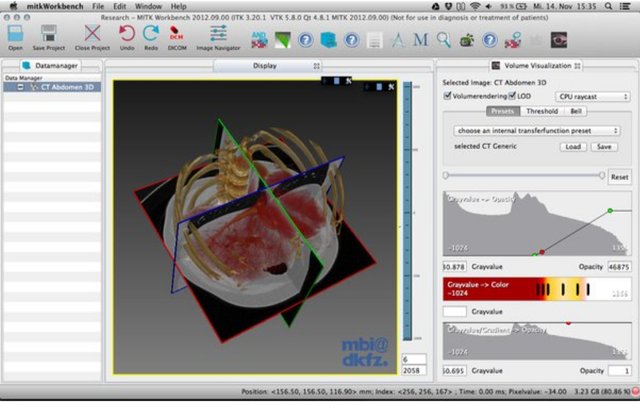What impact will color x-rays have on medicine?
I do industrial radiography, including digital and computed tomography. I can talk about the technical side but not the medical side.
It appears the particle tracking feature allows the detector systems to determine the path each photon takes as it goes through the pair production (if applicable), Compton scattering, and photoelectric effect (full absorption of the x-ray). It then produces an image that represents the densities of material that the many photons interacted with, resulting in a false-color representation in a 3D form.
The only thing special about that is that it performs what they’re calling particle tracking. That’s super impressive! But not very important from my perspective. I can already produce false-color 3D representations using computed tomography and metrological/volumetric software that does density evaluation based on the greyscale value of the CT volume’s voxels (Volume Graphics as well as some others).
Unless the x-ray reduces the radiological exposure of patients, there’s not much point and it would be exorbitantly expensive until the technology matures.
Here’s CT with density-isolation processing:
You’ll notice that features can be isolated by density. If we wanted to see inside a skull, which is essentially a high-density enclosure surround the subject of interest, the brain, we could order the software to isolate and eliminate the skull so we could focus on the brain alone.
CT with volumetric analysis is indeed a maturing technology but it is still further along and cheaper than the CERN-related color radiology. As I say, the only present benefit is if the production imposes less radiation on the patient. This may change as the decades roll by. I wouldn’t expect color-radiology to become “better” (however you choose to measure that) until the tech has matured at least 30 years.
